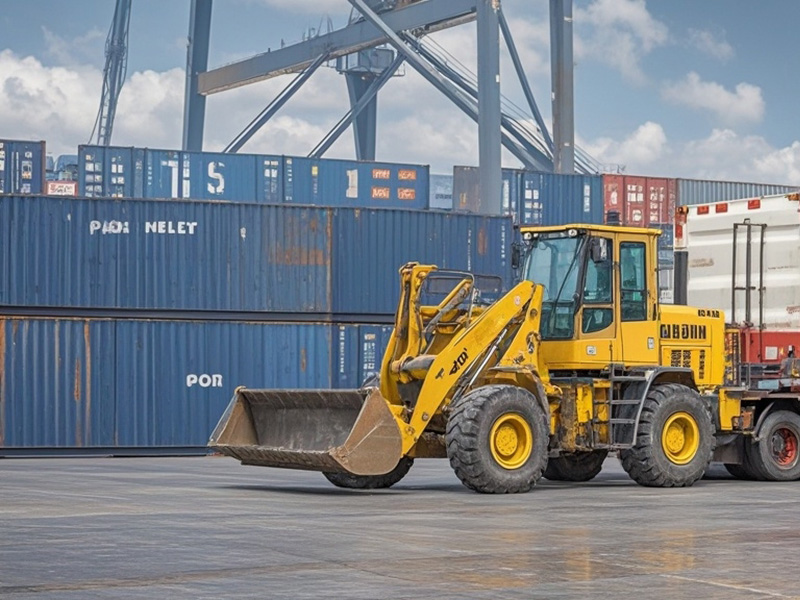Recently, the Thai government announced an extensive plan to transform the country’s transportation infrastructure. Through a series of ambitious large-scale projects covering land, sea, and air transportation, Thailand aims to position itself as a major logistics hub in Southeast Asia.

Deputy Minister of Transport Manaporn Charoensri stated that Thailand’s geographical location offers a unique opportunity to become a central transit hub in Southeast Asia. The country is investing in infrastructure for land, rail, maritime, and air transport.
Manaporn Charoensri also mentioned that Thailand is focusing on developing key projects, including the construction of three new ports and two new airports. Special emphasis is placed on developing dedicated cruise terminals in Pattaya, Phuket, and Koh Samui. These terminals are expected to increase luxury cruise revenue by seven to eight times.
Manaporn pointed out that although Thailand has been a top global tourist destination for 10 consecutive years and has won the “Best Tourist Destination of 2025” award, its potential as a tourism hub has not yet been fully realized.
According to statistics, Thailand is the third most popular country in the region for luxury cruise stopovers, with an annual growth rate of 14%. However, Thailand lacks dedicated cruise terminals, and ships often dock at Bangkok Port, Laem Chabang Port, Koh Samui Port, and Phuket Port, causing inconvenience for tourists. “Therefore, we need to build a new cruise terminal to help the tourism industry become a future driver of Thailand’s economy,” she said.
The land bridge project in Chumphon and Larang provinces represents a particularly innovative approach. By connecting the railway network, the project aims to reduce transportation costs by 15-20% and shorten transportation time by four to five days, potentially making Thailand a new global shipping hub.
Air transportation is also a key area of focus. The International Air Transport Association estimates that 240 million passengers will fly to Thailand by 2035. In response, Thailand plans to expand Suvarnabhumi Airport and build new international airports in Chiang Mai, Phuket, and two other locations: Lanna Airport in the north and Andaman Airport in the south.
Manaporn emphasized, “Our goal is to create opportunities for sustainable economic growth, attract international investment, and ultimately improve the quality of life for the Thai people.”
These projects come at a critical moment as Thailand seeks to leverage its strategic location in Southeast Asia. Currently, Thailand has not fully capitalized on its geographical advantage and hopes that these infrastructure investments will transform the country into a major transit hub for regional and international travel and business.
Manaporn stressed the importance of accelerating these projects and pointed out that Thailand has yet to take full advantage of its geographical position at the center of ASEAN. Thailand, located in central Southeast Asia, has the potential to become a tourism and shipping hub for the region.
She concluded, “If Thailand develops itself into a transportation hub, people traveling to Southeast Asia from around the world will pass through Thailand first, then transfer to their final destinations, or goods will be transported through Thailand’s transportation network to other countries in the region.”

 alt=""
alt="" 


 Logistics line quotation
Logistics line quotation Cross-border express order
Cross-border express order 24 hours online customer service
24 hours online customer service Huixiang Cross-border Logistics all rights reserved
Huixiang Cross-border Logistics all rights reserved 






